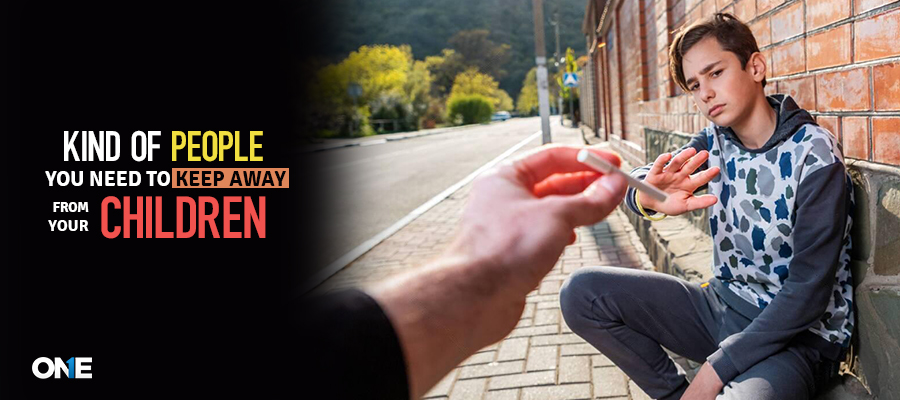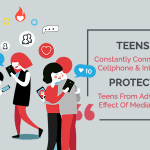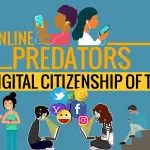Protecting children is one of the most critical and challenging responsibilities for parents, educators, and caregivers. While we naturally want to believe that the world is a safe place, the unfortunate reality is that children can be harmed by individuals they — and even we as adults — inherently trust. From professionals in esteemed positions to relatives and peers, dangers can sometimes come from the most unexpected sources.
This article explores the kinds of individuals that parents and guardians must be vigilant about when it comes to safeguarding their children, providing insights, examples, and practical advice on how to detect warning signs and take preventative measures.
Doctors and Dentists
Doctors and dentists are tasked with keeping us healthy, and they’re often among the most trusted members of any community. However, there are rare but alarming cases where some abuse this trust to harm their patients. Instances of misconduct, particularly involving children under anesthesia, have surfaced in recent years, shocking communities and families alike.
How to Protect Your Child
- Be present during appointments: Whenever possible, stay in the room with your child during medical and dental consultations or treatments.
- Teach bodily autonomy: Educate your child on personal boundaries and ensure they understand which touch is appropriate.
- Research practitioners thoroughly: Check reviews and ensure the practitioner you’re visiting has a history of trustworthiness.
While the majority of healthcare professionals uphold their moral and professional obligations, it’s still vital to stay alert and watch for red flags in any situation.
Teachers and Tutors
Teachers and tutors play a pivotal role in shaping your child’s future. However, some have taken advantage of their authority to exploit students, often veiling their actions under promises of better grades or opportunities. Such abuses of trust are a betrayal not only of the student but of the institutions they represent.
How to Protect Your Child
- Stay involved in academic life: Regularly communicate with teachers and be actively involved in your child’s education.
- Watch for behavioral changes: If your child becomes withdrawn, unusually anxious about school, or reluctant to interact with a specific teacher, investigate further.
- Educate on power dynamics: Help your child understand that no educator has the right to demand personal favors in exchange for academic performance.
Open and transparent communication with your child is essential to building an environment where they feel safe discussing such matters.
Men of Faith
Faith leaders hold influential positions in many communities, offering guidance and support to families. However, there have been countless heartbreaking cases where religious figures have abused this trust, targeting children under their care. For example, investigative journalism such as The Boston Globe‘s Pulitzer-winning exposé shed light on the systemic issues that allowed predators within religious institutions to harm children for decades.
How to Protect Your Child
- Vet religious groups: Ensure the places of worship or groups your child engages with have clear policies and accountability measures for child safety.
- Ask questions: Speak with youth leaders and religious figures directly about how they ensure safety in their practices.
- Encourage open dialogue: Make it clear to your child that they can share anything about their experiences in religious settings without judgment.
By taking these proactive steps, you can reduce the risk of harm while still allowing your child to enjoy the support and community of their faith.
Their Peers
While adults are often the primary concern, peers can pose significant threats as well. Bullying, cyberbullying, grooming, and catfishing have become increasingly common in the digital age, with children using technology to hurt or manipulate others in ways that can be deeply damaging.
How to Protect Your Child
- Monitor digital activity: Utilize parental controls and monitoring tools to keep tabs on your child’s online interactions.
- Set boundaries for technology use: Establish clear rules around social media and digital communication.
- Have candid discussions: Teach your child about cyberbullying, grooming tactics, and the importance of reporting any inappropriate behavior.
The online world offers countless opportunities for connection, but it also presents risks that must be managed carefully.
Family Members
It’s unnerving to consider, but sometimes, the people closest to us may pose a threat to children. Tragically, many cases of abuse come from family members or those we trust the most. This reality underscores the importance of remaining vigilant, even within the safety of one’s home.
How to Protect Your Child
- Look for overly familiar behaviour: Pay attention to family members who seem overly interested in spending time alone with your child.
- Encourage communication: Foster an environment where your child feels comfortable sharing anything that makes them uneasy.
- Trust your instincts: If something about a person’s behaviour doesn’t feel right, don’t ignore it — take steps to investigate further.
While family is often a source of love and support, maintaining a healthy balance of trust and caution is essential to your child’s safety.
Safeguarding Your Children Every Step of the Way
Protecting your child requires vigilance, open communication, and proactive measures. The truth is that potential harm can come from places and individuals you’d least expect. Doctors, teachers, peers, and even family members can sometimes deviate from the trust placed in them. Therefore, it’s crucial to educate yourself and your child about these risks, educate them on recognizing red flags, and create a secure environment where they feel comfortable discussing any concerns.
For additional tools to ensure your child’s safety, consider leveraging modern technology like parental monitoring apps. These tools provide an extra layer of assurance, helping you stay informed about your child’s activities and interactions while fostering a safer world for them to grow in.
Together, we can build a protective shield that ensures our children flourish, free from harm.







